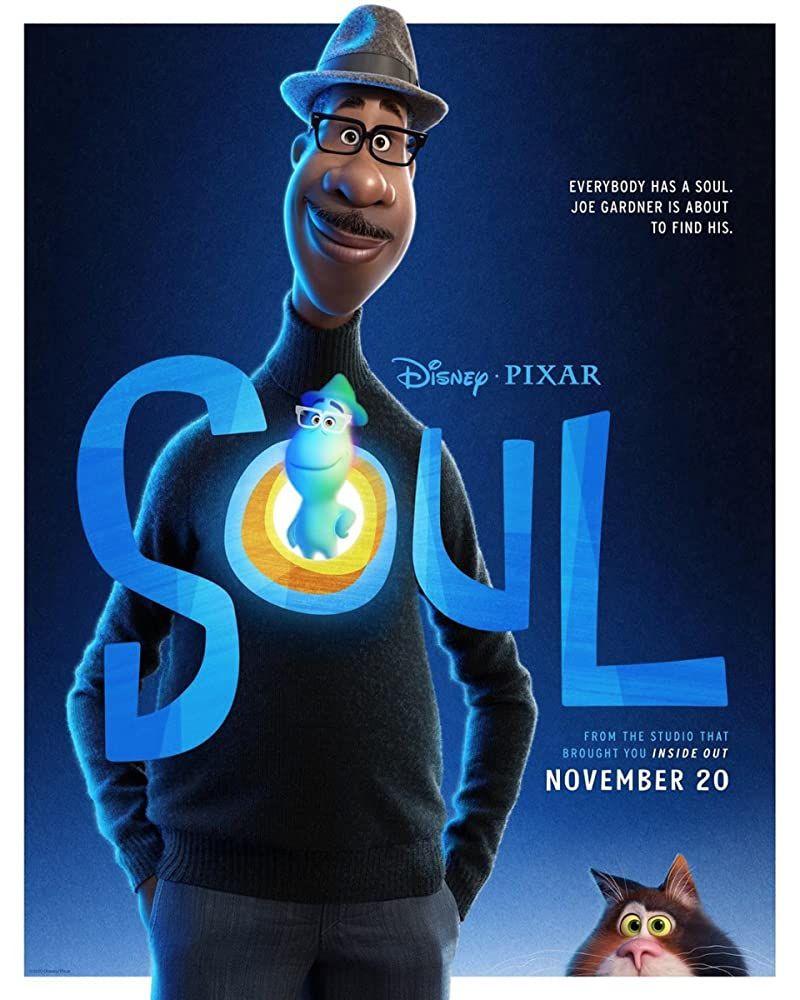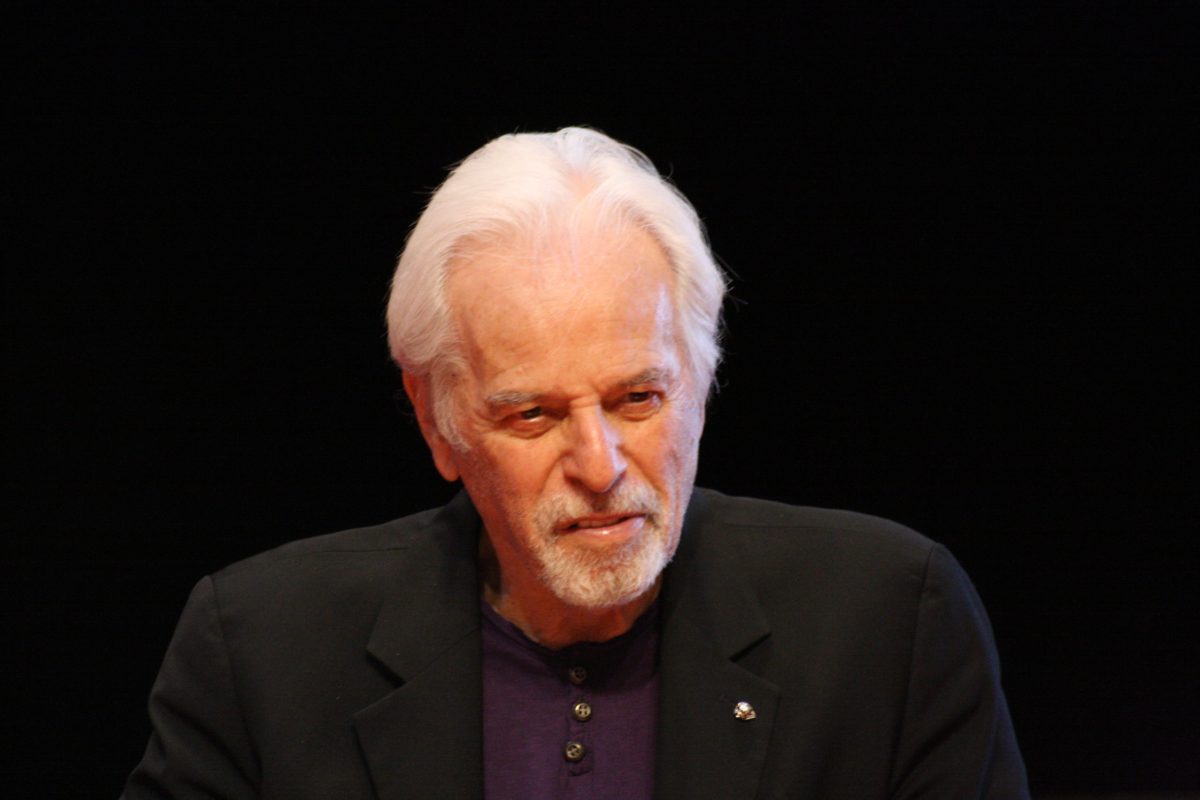Guillermo Del Toro has been known to make great movies that often go unseen and The Shape of Water is his latest success.
A tribute to classic monster films but still fresh out of Guillermo Del Toro’s imagination, The Shape of Water encompasses all of Del Toro’s trademarks from fantastical monsters, to darkness and gore, and to an impressive presentation of film craft. As edge-of-seat thrilling as it gets, it is just as satisfying visually and emotionally even at the expense of a compelling plot. Centered around Sally Hawkins’s Eliza, a mute custodian at a top-secret research lab, The Shape of Water shows how love knows no bounds when Eliza falls for the lab’s newest specimen.
During the opening credits, the audience is presented with an apartment eerily filled to the top with water, with the dream-like soundtrack playing and the voice of the narrator setting the stage of the story to follow about “the tale of love and loss, and the monster, who tried to destroy it all”. As the water clears the room and Eliza’s dream ends, the beautiful blue and green tint of water remains on the screen as her day begins.
Set in 1962 during the Cold War, Eliza works at an American Laboratory, responsible for cleaning up after the scientists who fight to get ahead of the Soviets. As a mute woman, she relates to her only friends Giles, a closeted gay man played by Richard Jenkins, and Zelda, an African American woman played by Octavia Spencer, who are both characterizations of underdogs of 1960s America. One day however, when Doug Jones’s half man half water creature is brought into the lab, Eliza’s world changes for the better.
Beaten daily by Michael Shannon’s Strickland, the water man lives his days in solitude and pain, that is, until Eliza finally meets him caged in his tank. As both are unable to communicate with the world through words, she finds companionship with the creature, who like her, is lonely inside.
This is perhaps where the movie excels the most, as the scenes where the two connect are some of the best artistically, visually, and emotionally. The scenes where the two are together are shown to be teal accompanied by a lovely score to show their happiness and unity.
However, it gets frustrating to see the plot get over complicated when Russian spies are involved and Strickland’s monster is freed, causing Strickland to become frantic and monstrous in his quest to reclaim his monster. These plot points are where the sex, violence and gore are showcased, often unnecessarily. Much like Interstellar’s problem, with many plot points introduced, the film is an odd compilation of ideas that could have been many different films.
It could have been a Cold War thriller, a story about the downfall of a monstrous man (Strickland), a love story, or an all-out monster movie. With these things considered, the finished result does its best to mesh these concepts together and works in some ways, but not in others.
As an experience, the movie will have moments where you will smile from cheek to cheek, feeling happy for the water man and Eliza, but will also have you cringing from the gore and suspense. Overall, however, it is a visual treat that will certainly entertain, as it is at its very core, a story that proves that love can overcome anything.
































